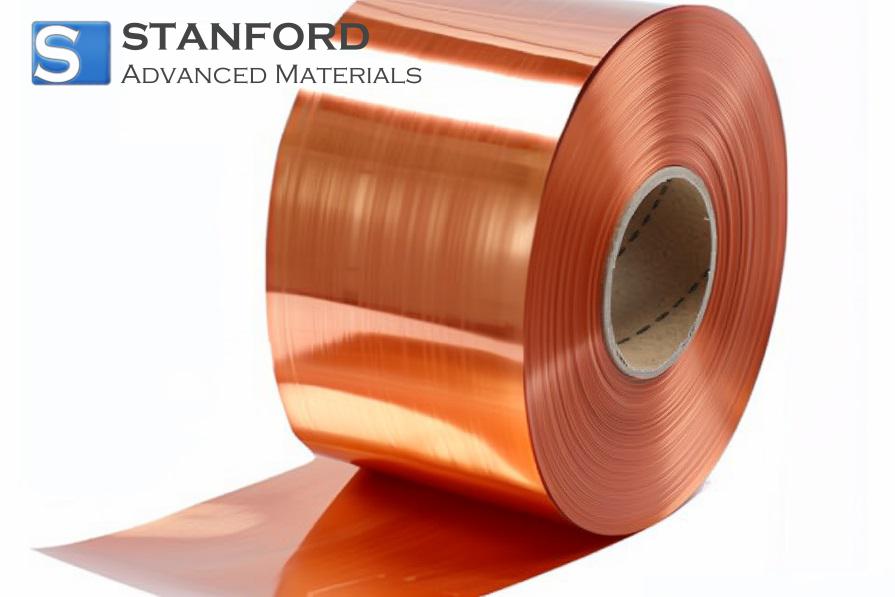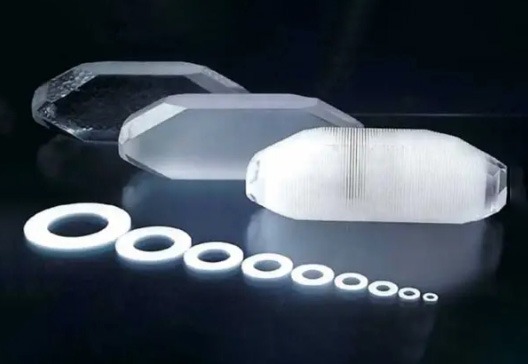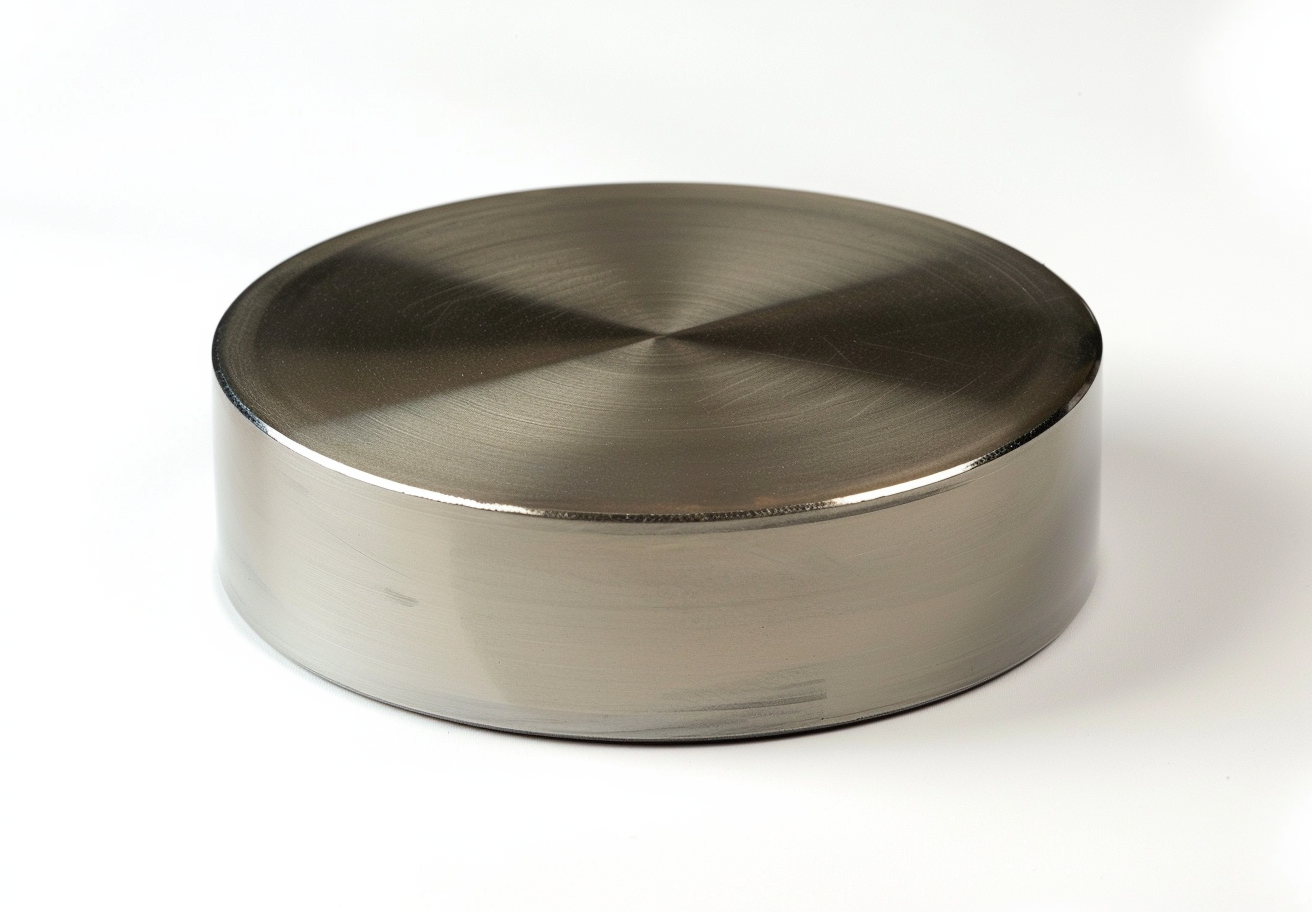Making Graphene To Work For Real-World Devices
Graphene has properties that render it a candidate for the manufacture of various technological devices. It is extremely thin, conducts electricity and heat, is lightweight, transparent and is considerably stronger than silicon. However, graphene has not been incorporated into these devices because of several practical issues.
One practical challenge concerns the thermal conductivity of graphene in manufactured devices. Graphene is supported by a substrate, which reduces its thermal conductivity. High thermal conductivity is essential for every electronic device. Researchers are examining methods to connect graphene with the macroscopic environment, for example, by utilising three-dimensional interconnected graphene structures. They may also use an ultrathin graphite structure or hexagonal boron nitride, whose structure approximates that of graphene.
Another issue with graphene is melting since it must be coated with plastics. At higher temperatures, the elastic polymer substrate transforms into a rubber-like or melted substance. This transformation disrupts electronic components and causes fine conductive wires to fail. According to Li Shi, a mechanical engineer at the University of Texas in Austin, the problem may be addressed by improving the interface quality. This improvement increases conductivity.
Shi and his research team propose that the thermal energy storage of graphene be improved to overcome practical challenges. Manufacturers could employ ultrathin graphene foams to increase the energy capacity of graphene devices. This is achieved by increasing the rate at which heat is loaded into and discharged from phase change materials used for thermal energy storage. Another advance lies in understanding fundamental energy carriers and their scattering, including photons, electrons and molecules. Understanding photon scattering assists in analysing lattice vibrations, which may resolve the thermal conductivity issue when other materials support graphene.
Samsung has achieved progress in applying graphene in practical devices. This technology focuses on the development of crystalline graphene grown on silicon wafers. Graphene produced in this manner is suitable for the manufacture of Graphene Field-Effect Transistors (GFETs). If graphene detaches, the silicon wafers can be recycled for further production.

 Bars
Bars
 Beads & Spheres
Beads & Spheres
 Bolts & Nuts
Bolts & Nuts
 Crucibles
Crucibles
 Discs
Discs
 Fibers & Fabrics
Fibers & Fabrics
 Films
Films
 Flake
Flake
 Foams
Foams
 Foil
Foil
 Granules
Granules
 Honeycombs
Honeycombs
 Ink
Ink
 Laminate
Laminate
 Lumps
Lumps
 Meshes
Meshes
 Metallised Film
Metallised Film
 Plate
Plate
 Powders
Powders
 Rod
Rod
 Sheets
Sheets
 Single Crystals
Single Crystals
 Sputtering Target
Sputtering Target
 Tubes
Tubes
 Washer
Washer
 Wires
Wires
 Converters & Calculators
Converters & Calculators
 Write for Us
Write for Us

 Chin Trento
Chin Trento



